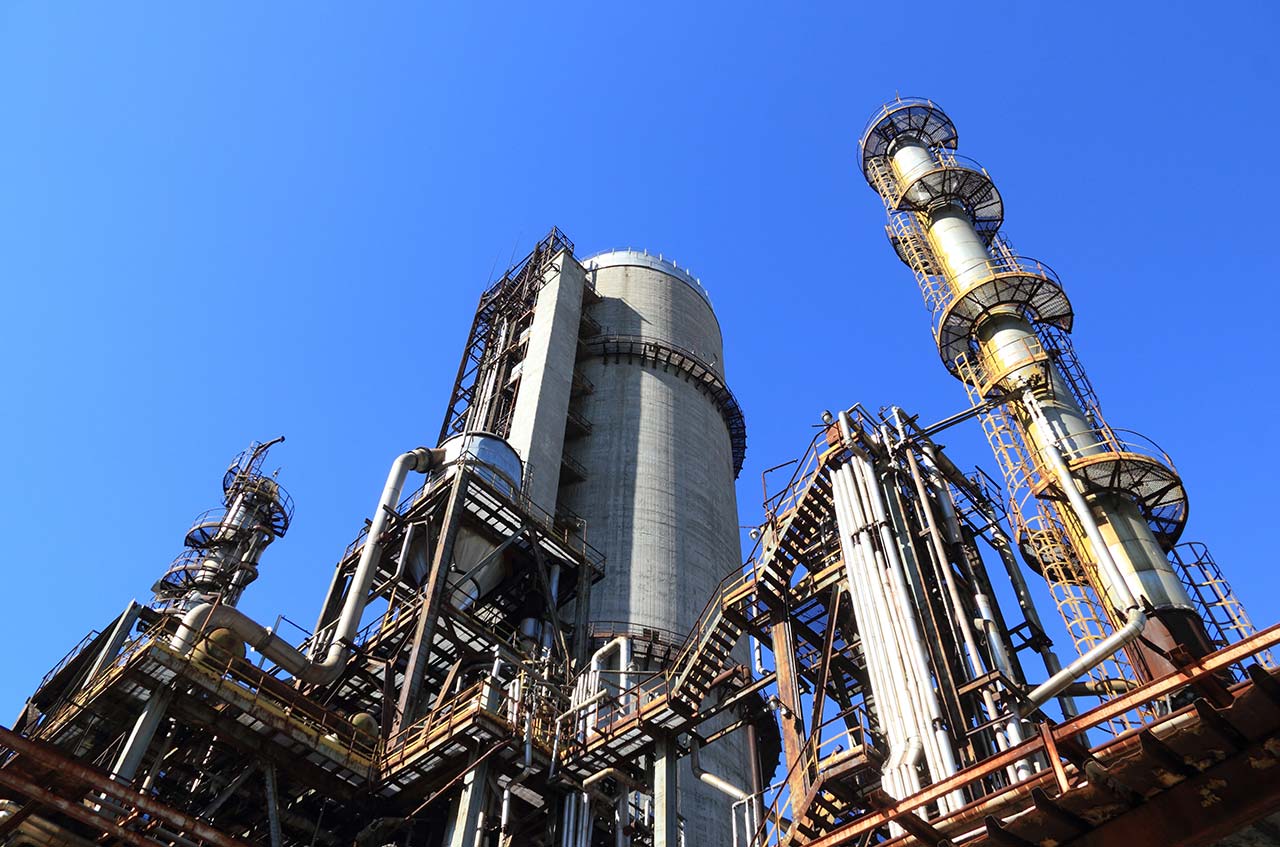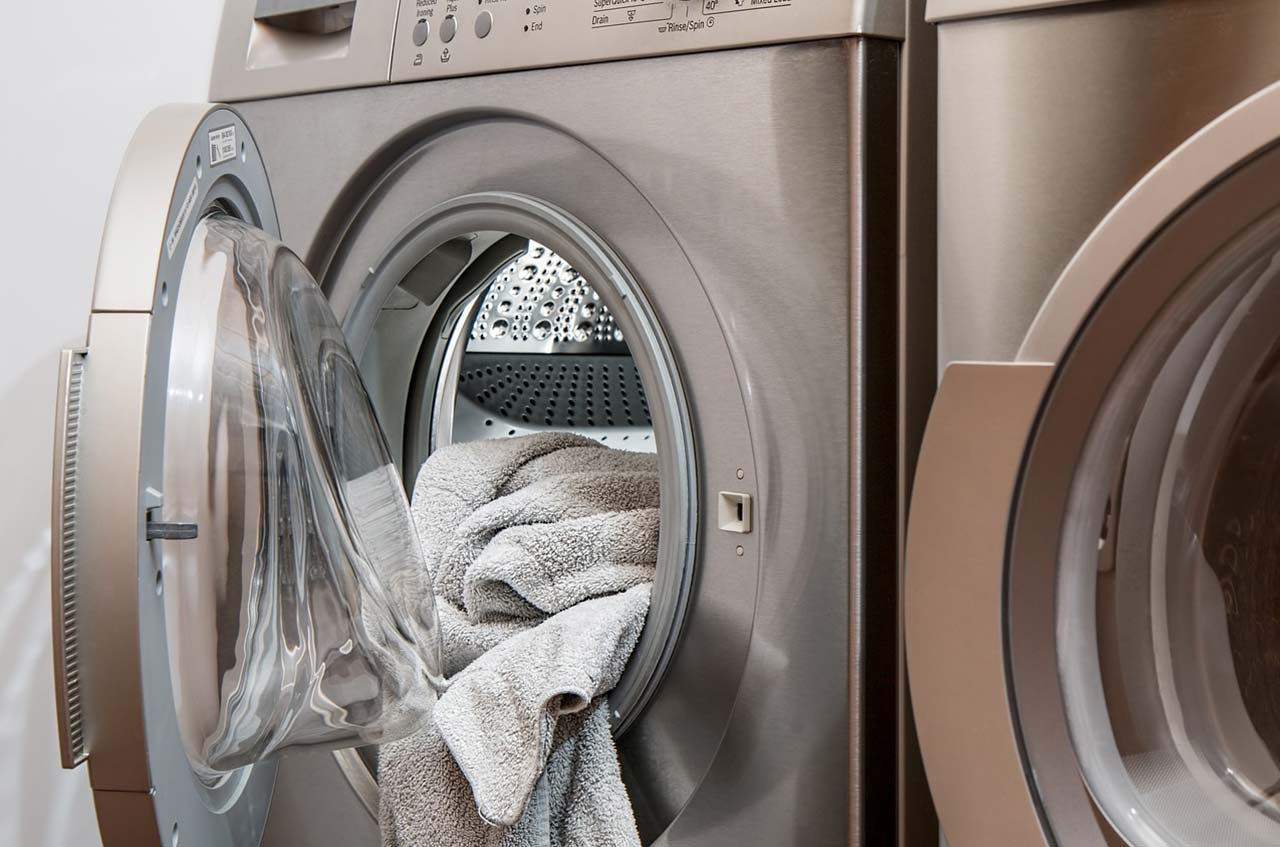
It is an old adage that what you don’t know can’t hurt you. But this is blatantly false when it comes to carbon monoxide gas.
Carbon monoxide (CO) is a byproduct of combustion. It is produced when any fuel burning device is used. For example, when your oil or gas furnace, boiler, gas dryer, stove, deep fryer, space heater, or other any fuel-burning device is running, CO is being created. Normally, it is produced in small amounts and vented safely out of the home. But, because it is invisible and odorless, it is also dangerous. Should the device be operating inefficiently, or if there is a failure in venting the gas out of the home, CO can build up to dangerous levels, causing illness, permanent injury or death. It happens to hundreds of people every year.
RELATED READ: Five signs your furnace needs repair
The first step in protecting your family against carbon monoxide poisoning is to have a CO monitor in your home. Check your monitor at least quarterly and replace batteries twice a year to make sure they are operating optimally. There is a difference between a CO detector, available at most home stores starting around $30, and a CO monitor. A CO detector only alarms when levels are very high for sustained periods. A detector may prevent death, but not headaches, flu symptoms, memory loss and other symptoms of even low-level prolonged CO exposure. Children and the elderly are particularly susceptible.
A CO monitor, available from professional HVAC companies, indicates the current level of CO in your home, down to the lowest levels. On a heavy cooking day, for example, the monitor may show 16 parts per million, letting you know that cracking window might be a good idea.
Also important is to have your home’s heating system checked annually by an HVAC professional. Regular maintenance can ensure that your devices are burning fuel efficiently and venting it properly outside of the home.
Heating professionals can test the air quality in your home to make sure your family is breathing air that is safe. They also can check for leaks around your furnace, chimney, gas heaters, hot water heaters and stoves.
RELATED READ: Improving your home’s air quality
More Tips to Stay Safe from Carbon Monoxide
- Never use portable heaters that burn fuel (such as kerosene or propane) inside the home.
- Have wood stoves and fireplaces inspected and cleaned annually to ensure proper venting.
- Never start or run a motor vehicle with the garage door closed or with a door open to the living areas of the house. After starting the car, drive it out of the garage as soon as possible.
The physical symptoms of carbon monoxide poisoning include headache, blurred vision, confusion, dizziness, physical weakness or nausea or vomiting that sometimes come on quickly. Should you experience these, you may be experiencing CO poisoning. Go outside immediately and do not reenter the home even if you feel better. CO builds up in the human body and does not leave with a quick trip outside. Call for emergency support using a mobile phone or a neighbor’s phone. Get a professional to check your furnace and other appliances.
Contact the professionals at Home Comfort Experts today to find out how we can improve your home’s air quality so you can breathe easily and safely. We serve Northern Indiana and Southwestern Michigan from our twelve locations. Give us a call at (574) 255-4600 to find out how we can help.
Continue Reading
Tags: Carbon Monoxide Detection, Heating Services, HVAC
Posted in Heating | Comments Off on The Invisible Dangers of Carbon Monoxide
 We know how difficult it is to find a technician who is qualified for your particular HVAC work. Improper installations, amateur work, no credentials, broken promises, we’ve heard about these nightmares before. That’s we are writing for you today, with a list of some important things to keep in mind when hiring a new HVAC technician for your home heating and air conditioning needs. These don’t have to be complicated, but they provide some information to learn about your technician so you don’t waste money on something you don’t need, or repairs in the future.
We know how difficult it is to find a technician who is qualified for your particular HVAC work. Improper installations, amateur work, no credentials, broken promises, we’ve heard about these nightmares before. That’s we are writing for you today, with a list of some important things to keep in mind when hiring a new HVAC technician for your home heating and air conditioning needs. These don’t have to be complicated, but they provide some information to learn about your technician so you don’t waste money on something you don’t need, or repairs in the future.
 Did your air conditioner show signs of old age and wear this summer? Is your furnace on its last legs, leading you to wonder if it’s time for a new one? Have you been struggling to decide what you need to replace first, your air conditioner or your heating system?
Did your air conditioner show signs of old age and wear this summer? Is your furnace on its last legs, leading you to wonder if it’s time for a new one? Have you been struggling to decide what you need to replace first, your air conditioner or your heating system?
